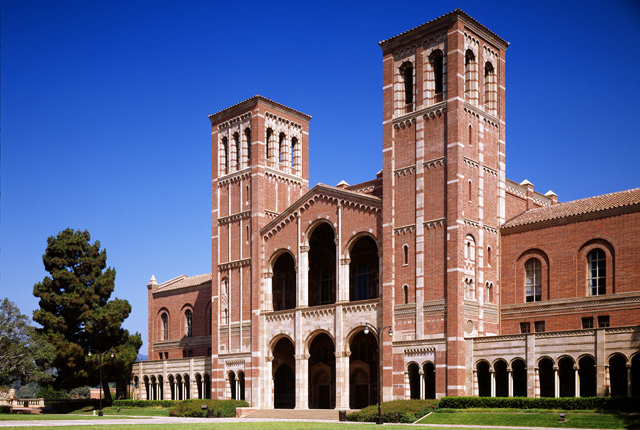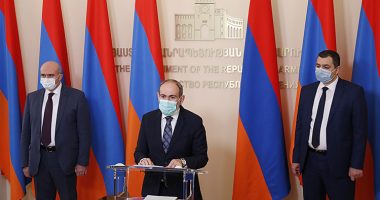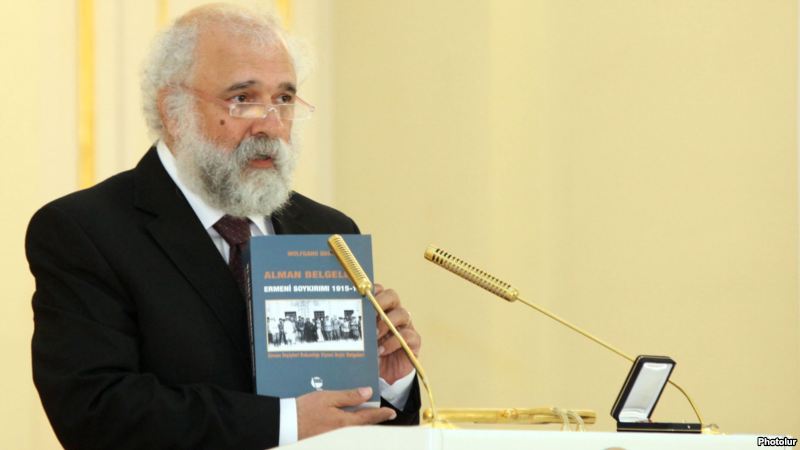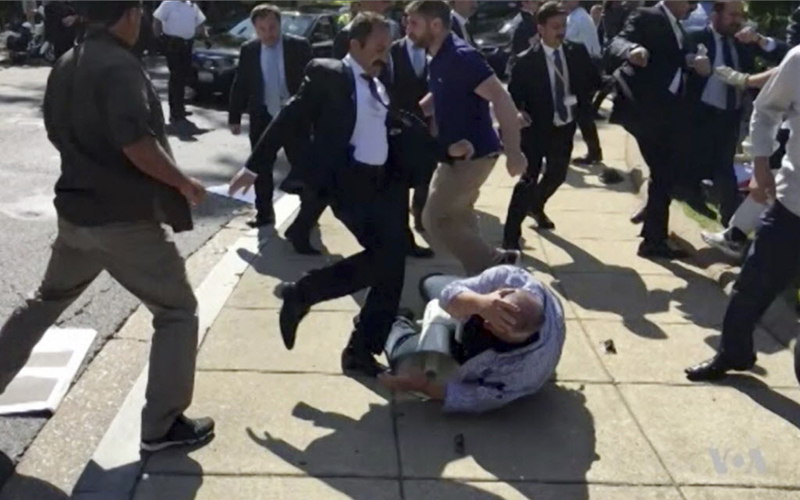LOS ANGELES — The UCLA Narekatsi Chair in Armenian Studies announced three major upcoming events open to the public: an Undergraduate Colloquium and a Graduate Colloquium to be held at UCLA, and a Graduate Workshop at the American University of Armenia (AUA), in Yerevan. Together, these events will encompass a broad range of themes pertaining to Armenian history, culture, and contemporary issues.
1. The Undergraduate Colloquium in Armenian Studies will take place on February 11 at UCLA’s Royce Hall. Featuring seven undergraduate speakers from UCLA and other universities in Southern California, the colloquium will consist of panels on “The Psychology of Genocide and the Hyphenated Armenian Identity,” “Gender and Sexuality: Armenian Experiences from the Past to the Present,” and “Contemporary Realities: From the Republic of Armenia to Los Angeles.” The full program will be announced soon.
2. The Graduate Colloquium in Armenian Studies will be held on February 12 at UCLA’s Royce Hall. The event will feature graduate-student presenters from universities in Europe, Armenia, and different parts of North America. Organized in six panels, the colloquium will encompass a wealth of topics in the fields of 19th-century literature, media, and identity; Ottoman-Armenian history; Medieval Armenian art and literature; prehistoric archaeology; 20th-century Armenian literature and media; and contemporary Armenian issues in the Southern Caucasus.
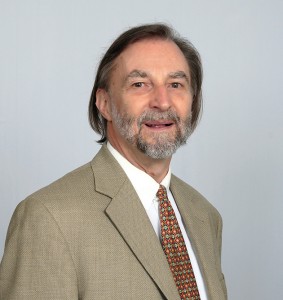

3. The Graduate Student Workshop on the Contemporary Construction of Armenian Identity is organized by Dr. S. Peter Cowe, Narekatsi Chair of Armenian Studies at UCLA, and co-sponsored by AUA. The extraordinary conference will be held during March 23-25 at the AUA campus. Workshop presenters will comprise graduate and postdoctoral students from UCLA, AUA, and other universities and research institutes in Yerevan. “With this workshop, we’re eliciting the involvement of students from a wide variety of perspectives and disciplinary backgrounds so as to encourage a rich, multidimensional exchange,” Prof. Cowe said. “The event is envisioned as a far-reaching forum, where graduate researchers will present in-progress research to shed light on the diverse aspects of the complex, multilayered evolution of Armenian identity.”
The announcement of the forthcoming colloquia and workshop came on the heels of the highly successful UCLA Conference on Armeno-Persian Relations and the Persarmenian Community throughout the Ages, organized by Prof. Cowe on November 14, 2015, at Royce Hall, with a full capacity audience in attendance. This Hampartzoum and Ovsanna Chitjian Conference on Armenian Studies, the second in a series inaugurated in 2013 by Ms. Zaruhy Sara Chitjian in memory of her parents, was co-sponsored by the recently renewed Salmast Heritage Committee.
After opening remarks by Prof. Charles Stanish, Director of the UCLA Cotsen Institute of Archaeology and Prof. Alessandro Duranti, Dean of the UCLA Division of Social Sciences, Prof. Cowe offered a moving tribute to the recently departed Archbishop Gorun Babian (1941-2015), the longtime Prelate of New Julfa, to whose memory the conference was dedicated.
The first speaker, Dr. Marco Brambilla, an architectural historian specializing in the history of Armenian and Islamic architecture, discussed the significance of 17th-century Armenian merchants for the Iranian economy as well as international trade and diplomacy before transitioning to the construction and embellishment of the 20 blocks of khoja houses in New Julfa. Dr. Brambilla illustrated his talk with an extensive series of slides, comparing specific features of Armenian houses with those of Safavid palaces.
The next speaker was Dr. Touraj Daryaee, Professor of History and Director of the Samuel M. Jordan Center for Persian Studies and Culture at the University of California, Irvine. A specialist on ancient and medieval Iranian history, Dr. Daryaee discussed the historical legacies of Arshakuni Armenia and Arsacid Iran, emphasizing their close ties during the period they were governed by the same dynasty, as well as the importance of 5th-century Armenian literature in preserving much of the ethos of Arsacid society lost in Iran with the accession of the rival Sasanian dynasty.


Photo by Edward Hayrapetian
Following Dr. Daryaee’s lecture, Kristine Martirosyan-Olshansky, a doctoral candidate in archaeology at UCLA, delivered a talk on prehistoric connections between the inhabitants of the Armenian Highlands and the Iranian Plateau. Martirosyan-Olshansky detailed changing trade patterns between the two regions, based on the most recent archaeological finds.
The final speaker was Dr. Bert Vaux, University Reader in Phonology and Morphology at the University of Cambridge, and Fellow and Director of Studies in Linguistics at King’s College. A foremost expert on Armenia’s heritage of dialects, Dr. Vaux is well-known to audiences in Southern California from his many appearances in Prof. Richard Hovannisian’s conference series on Cities and Provinces of Historic Armenia. On this occasion, Dr. Vaux provided a lively overview of the characteristics of the dialect of Salmast, to the delight of its speakers in attendance. As part of the presentation, Mr. Edward Hayrapetian recited a poem in the Salmast dialect, while many other audience members responded to Dr. Vaux’s questions regarding its phonetics and lexicon, as he demonstrated how distinct the dialect is from the close counterparts of Khoy, Maragha, and Tabriz.
On his part, Sarkis Barkhoudarian, president of the Salmast Heritage Committee, expressed appreciation for the UCLA Armenian Studies Program’s spearheading of conferences of this scope and caliber. “The Salmasttsis in attendance were very proud to have professors and PhD candidates at two world-class universities, namely UCLA and Cambridge, show serious interest in the history, language, archeology, and culture of Salmast, the historic Armenian province,” he said. “Members of the Salmasttsi community are excited to hear about their heritage. They are eager to learn about their ancestors, history, and culture. Their goal is to have academic-level studies and publications to document their culture for future generations.”

